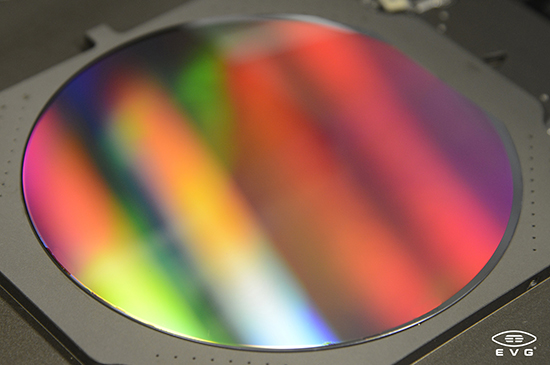 We’ve talked about photonics before and we’ve talked about nanoimprint lithography (NIL) before. Creating silicon photonics features requires masking, which requires lithography, and so it might not be a surprise to hear that all different kinds of lithography techniques – including NIL – were being explored for photonics.
We’ve talked about photonics before and we’ve talked about nanoimprint lithography (NIL) before. Creating silicon photonics features requires masking, which requires lithography, and so it might not be a surprise to hear that all different kinds of lithography techniques – including NIL – were being explored for photonics.
Which is how I went into a discussion with EV Group at Semicon West. But that’s not what the story is at all. This is not about patterning resists to pattern silicon for silicon photonics – this is about building photonics structures directly out of… various other non-silicon materials, using imprint as a direct patterning approach.
I can’t help but think about NIL as if it were printing vinyl albums. Which are black. (Except a few novelty ones.) Even if printing resist, any resist I remember seeing way back in my fab days was distinctly not transparent. So picturing these materials as conduits for light is something my brain, well, resists.
But it’s apparently true: many of the materials available to be imprinted happen to be transparent (at suitable wavelengths). So you can build the conduits right on the surface of the wafer – no further etching required.
EVG notes that there are a number of high-volume apps for NIL these days:
- Polarizers
- Patterns for extracting more energy out of LEDs
- Biotech (they can’t say specifically what)
- And… one more big one coming that they also couldn’t talk specifically about.
Meanwhile, they’ve also teamed with Leti in a so-called INSPIRE program to further develop techniques and applications for NIL. You can find more about this in their announcement.
(Image courtesy EV Group)




